Where to Put Your Phone When Wearing Hanfu?
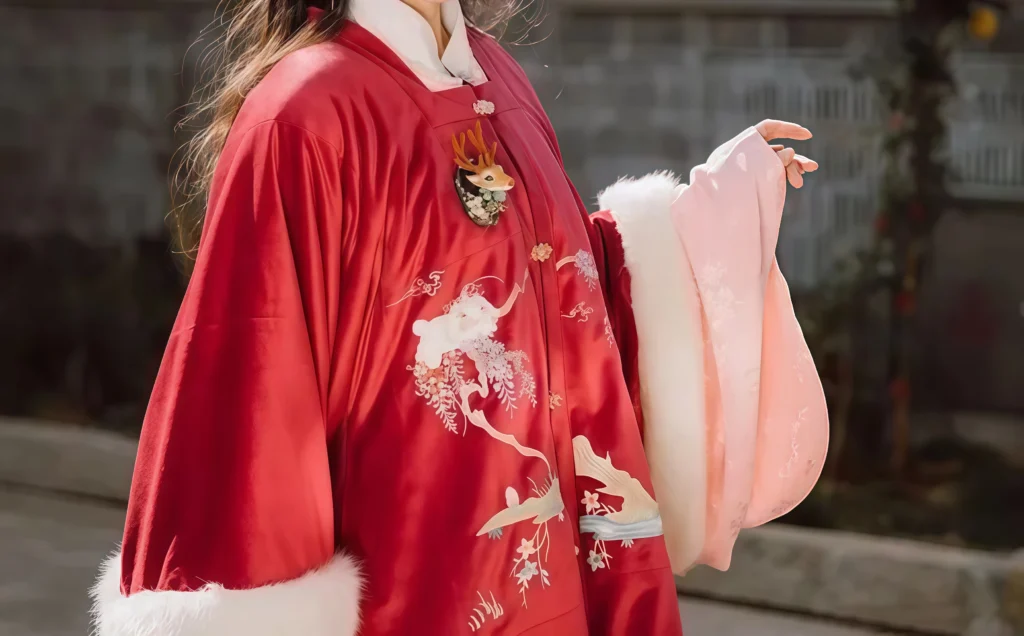
Wondering where to store your phone while wearing Hanfu? With Hanfu phone storage in mind, explore traditional methods like Hanfu sleeves, waist sashes, and Hebao pouches to keep your essentials secure and stylish. Let’s dive into how ancient Chinese clothing offers practical solutions for today’s Hanfu enthusiasts.
When wearing Hanfu, where do you put your phone?
The answer: your sleeves!
But can sleeves really hold stuff? Let’s dive into the clever ways ancient Chinese used their clothing to carry essentials, and how you can do the same today with Hanfu.
Sleeves
In Dream of the Red Chamber (Chapter 27), Baochai chases a butterfly and “pulls a fan from her sleeve.” In Water Margin (Chapter 37), Song Jiang hands Dai Zong a letter, and the recipient “reads it, then tucks it into his sleeve.” Even in the tale of Lord Xinling saving Zhao, sleeves save the day: butcher Zhu Hai “hides a forty-pound iron hammer in his sleeve, using it to slay Jin Bi, allowing the prince to seize the army.”
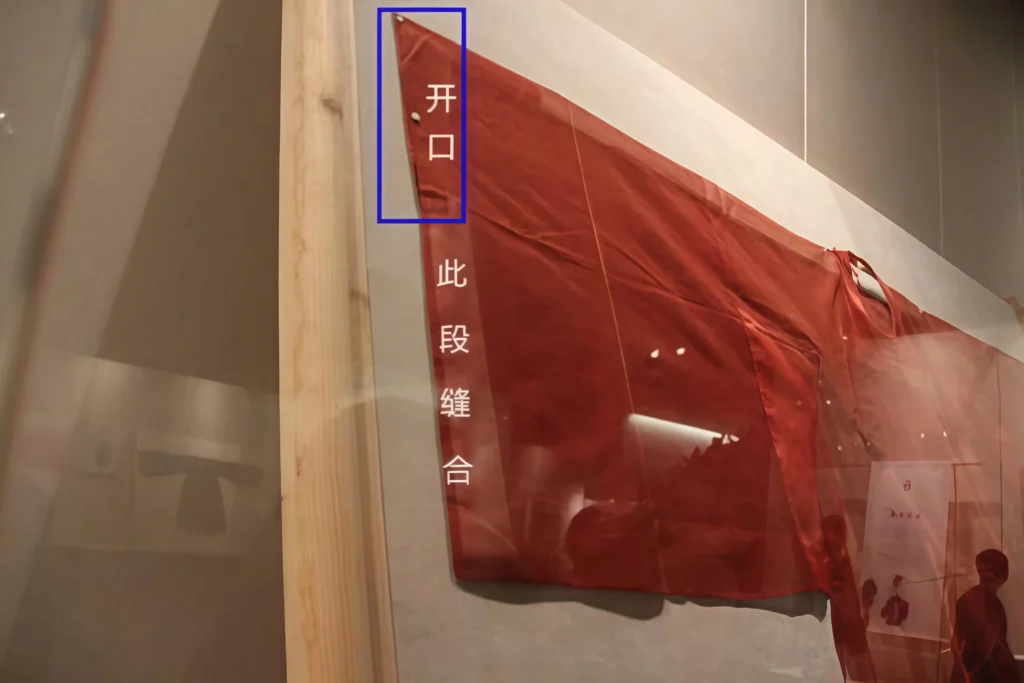
In ancient China, people of status wore wide, flowing robes with big sleeves. Inside, sleeves often had a sewn-in pocket, designed with an opening facing inward (opposite the sleeve’s end) and shaped like a tapered, cinched trapezoid. This clever design kept items like silver, letters, or small treasures secure, even when hands dangled or bowed in greeting.
According to Studies on Ancient Chinese Clothing, sleeve shapes can be roughly divided into wide sleeves, Chuihu (pipa or lute-shaped) sleeves, long/big sleeves, and narrow/small sleeves. Unique shapes like Chuihu or pipa sleeves, with their curved, tapered ends, were especially good for discreetly holding items.
Sleeves were so commonly used for stashing valuables (like money) that the phrase “two sleeves of clear breeze” (liang xiu qing feng) became a metaphor for honest, penniless scholars or upright officials who took no bribes.
For modern Hanfu wearers, sleeves are still a practical option. Wide-sleeved styles like Beizi or Daopao can hold a phone, keys, or a small wallet, especially if the inner pocket is reinforced. Just be cautious with heavy items—ancient sleeves were sturdy, but modern Hanfu fabrics might be delicate.
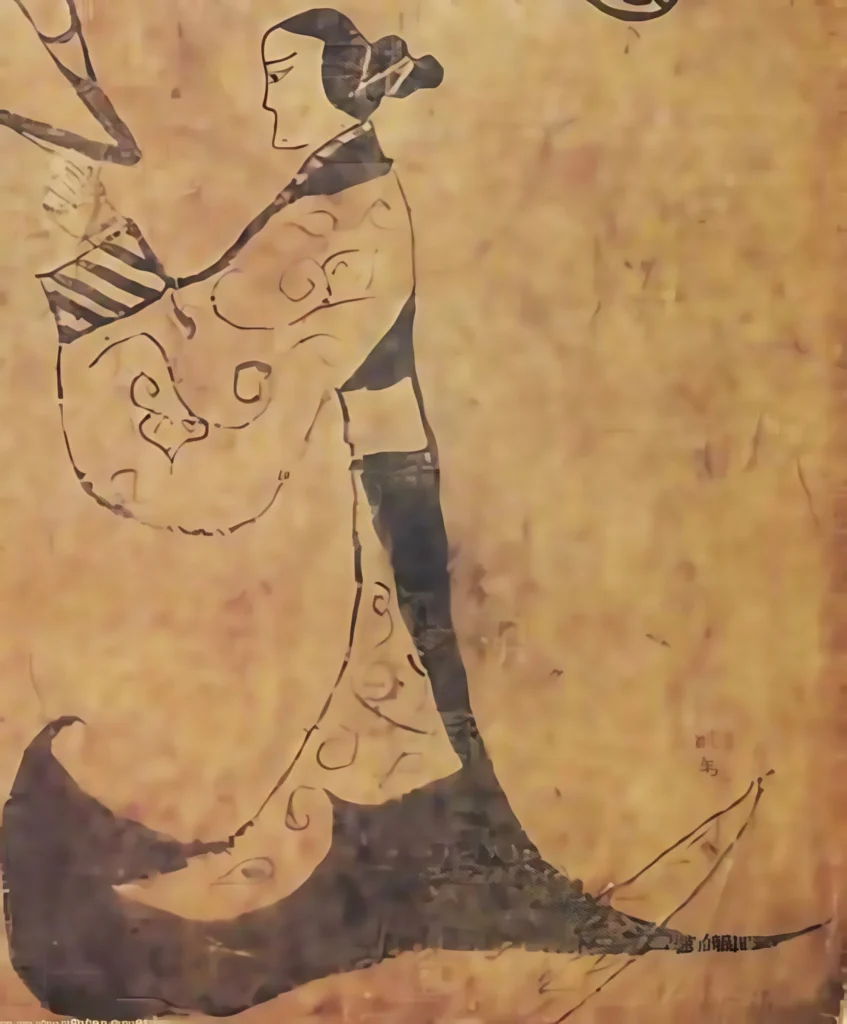
Waist Sash
If your Hanfu has narrow sleeves (like some Ming-style Aoqun or Song-style Ruqun), stuffing things inside can be tricky. Bulky items like scrolls might stay put, but small, loose objects like coins—or your phone—could slip out. That’s where the waist sash comes in.
When wearing Hanfu, you’ve probably noticed the waist sash is wrapped multiple times around the waist, creating a snug, layered band. This makes it a stable spot to tuck items. Ancient Chinese often slipped small pouches, jade pendants, or even folded papers between the sash layers. The tight wrap kept things secure, even during movement.
For today’s Hanfu enthusiasts, the waist sash is perfect for lightweight items. You can tuck a slim phone case or cardholder into the folds, especially in styles like Qixiong Ruqun or Ma Mian skirts, where the sash is wide and adjustable. To avoid bulging, opt for flat items and test the fit before heading out.
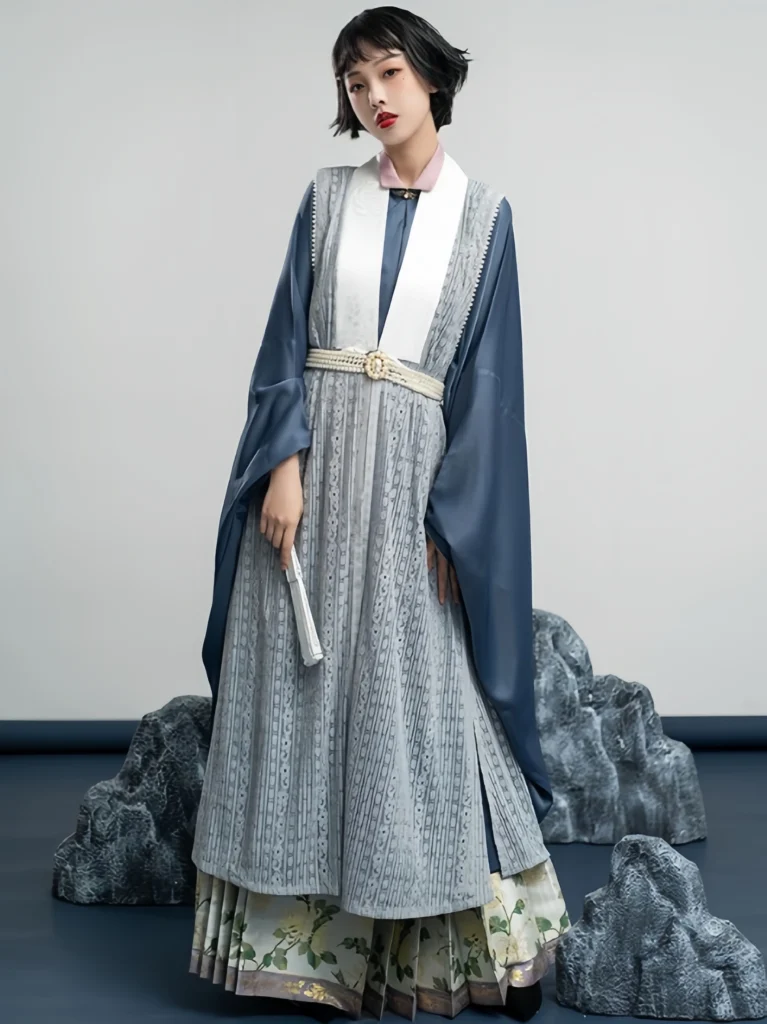
Pouches and Bags
Beyond sleeves and sashes, ancient Chinese had their own version of bags, like pouches and fragrance sachets, which were just as trendy as today’s handbags.

- Pouches (Hebao): These small, embroidered bags were a staple in ancient China. Worn at the waist or hung from sashes, they held coins, trinkets, or herbs. While Hebao are compact, they’re perfect for small items like earbuds or lip balm in modern Hanfu outfits. Their intricate designs also complement Ruqun or Aoqun, adding a traditional flair.
- Fragrance Sachets (Xiangnang): Often filled with mosquito-repelling herbs like mugwort or mint, sachets doubled as decor and pest protection. You can hang one from your sash to carry tiny essentials while staying true to Hanfu aesthetics.
- Canvas Bags: Larger bags, akin to modern canvas totes, existed in ancient times too! Made of sturdy fabric, they were used for carrying books, clothes, or market goods. For Hanfu wearers today, a simple canvas bag with subtle embroidery can hold your phone, wallet, and more without clashing with your look. Choose neutral or floral patterns to match Beizi or Quju, as suggested by Hanfu Fashion Trends.
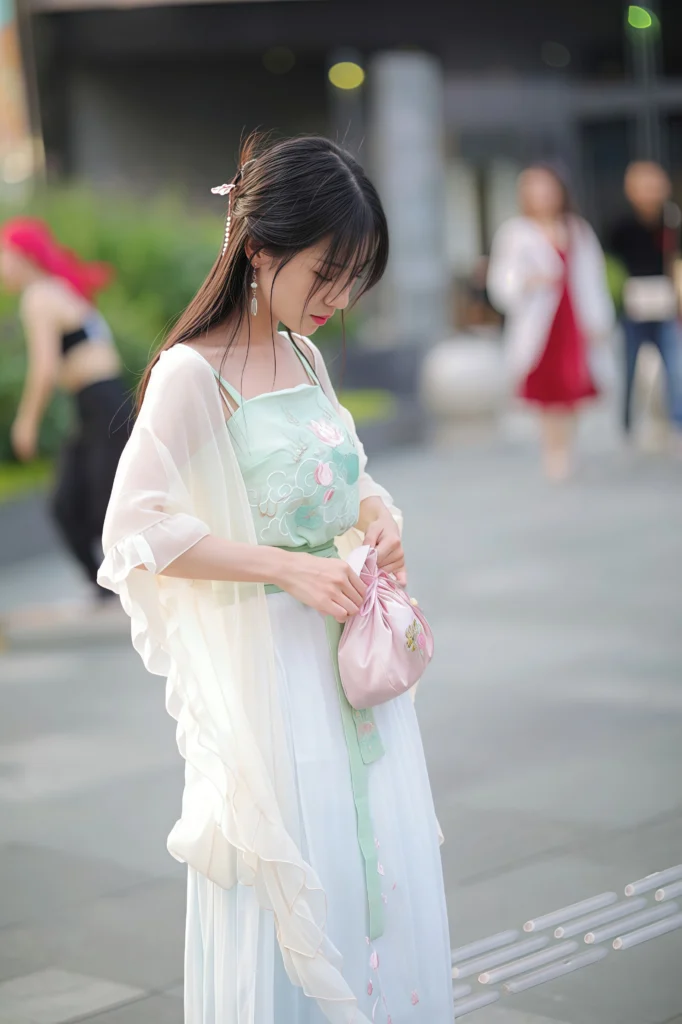
Tips for Modern Hanfu Wearers
- Test Your Sleeves: Before stuffing your phone in, check if your Hanfu’s sleeves have inner pockets or reinforced linings. Lightweight phones (under 200g) work best to avoid stretching delicate fabrics like silk.
- Secure the Sash: Wrap your sash tightly and tuck items in the inner layers. For extra security, use a small clip or pin to keep things in place.
- Choose the Right Bag: A Hebao or small drawstring pouch is ideal for authenticity. If you need more space, a canvas bag with traditional motifs blends well with Hanfu for casual outings.
- Balance Aesthetics: Avoid overstuffing to maintain Hanfu’s elegant flow, as emphasized in Hanfu Wearing Guide.
- Cultural Touch: Adding a fragrance sachet not only holds small items but also nods to ancient mosquito-repelling traditions, merging style and function.
Why Hanfu Phone Storage Works
Ancient Chinese clothing was designed with practicality in mind, despite its ornate appearance. Sleeves doubled as pockets, sashes as belts, and pouches as mini handbags, proving Hanfu was as functional as it was beautiful. Today, these features make Hanfu surprisingly adaptable for carrying modern essentials like phones, especially for cosplay, photoshoots, or cultural events.

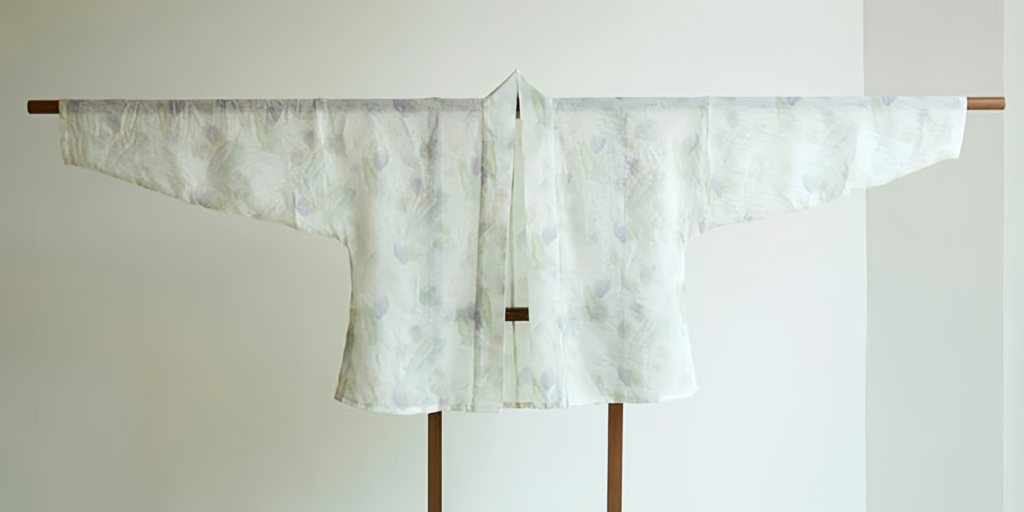
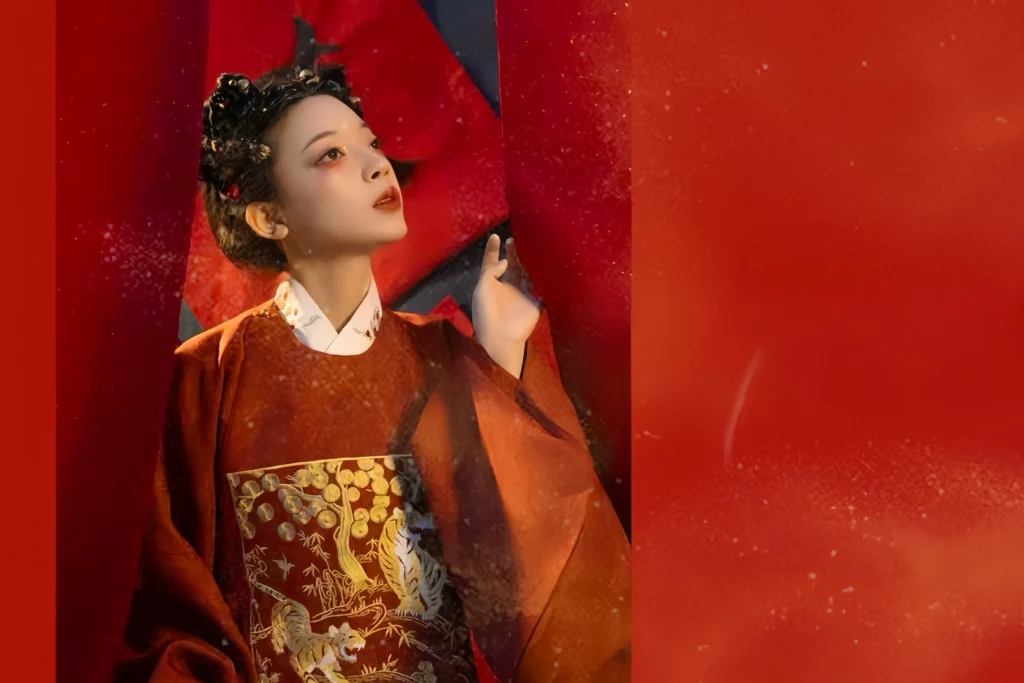
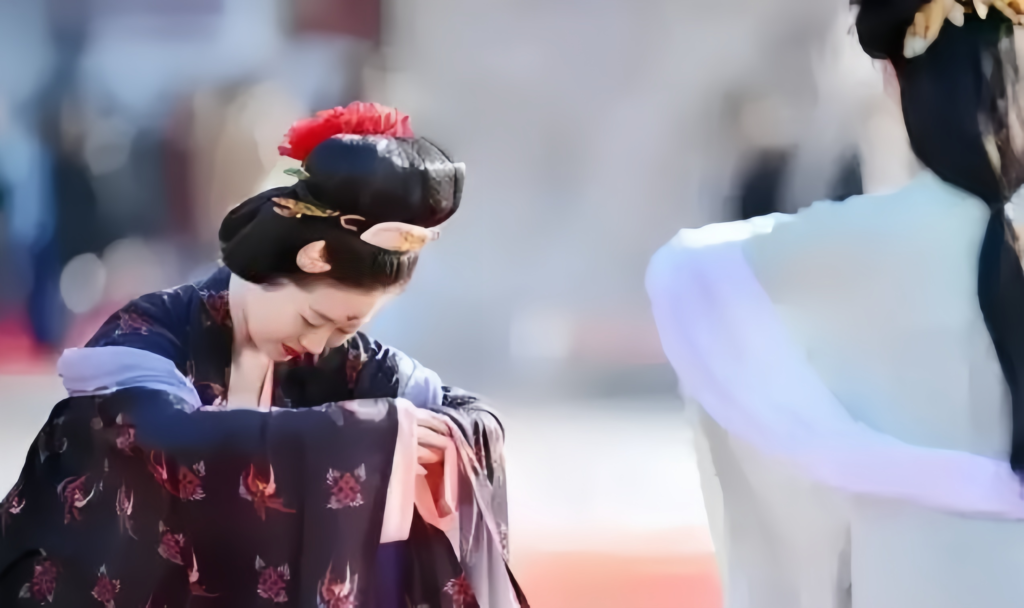

Responses